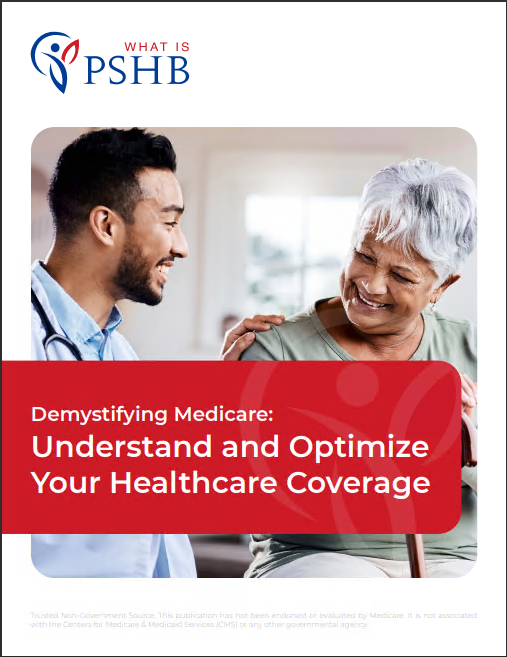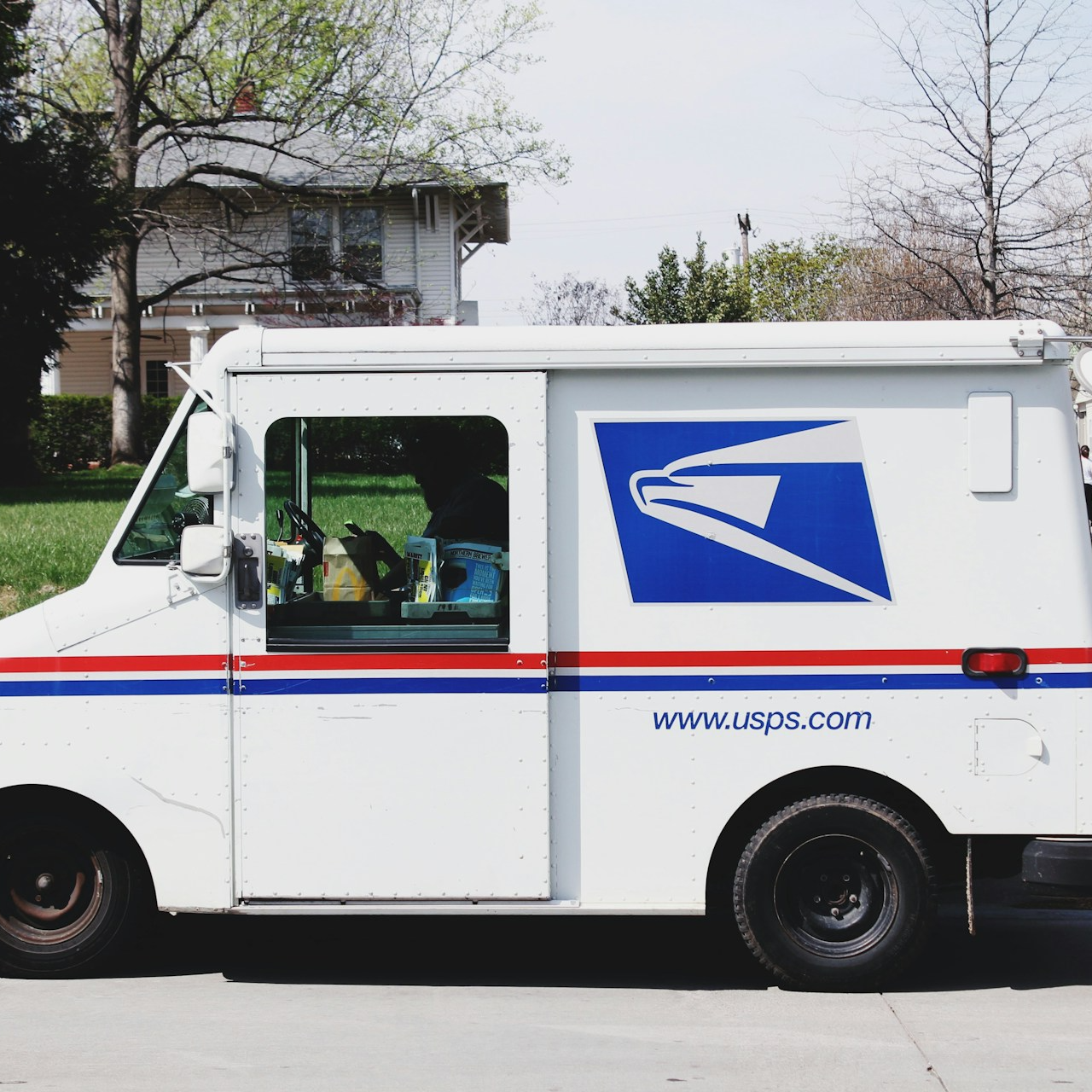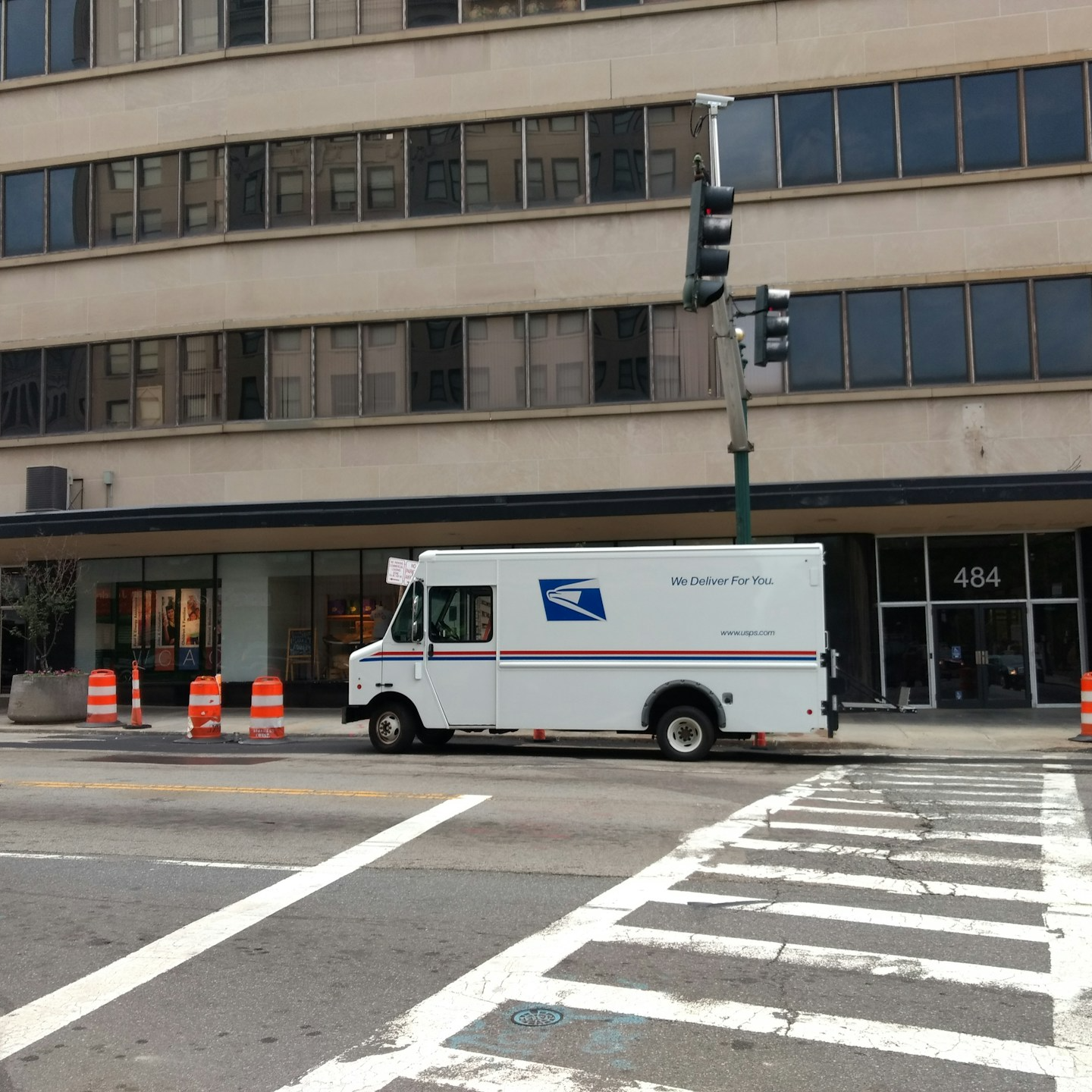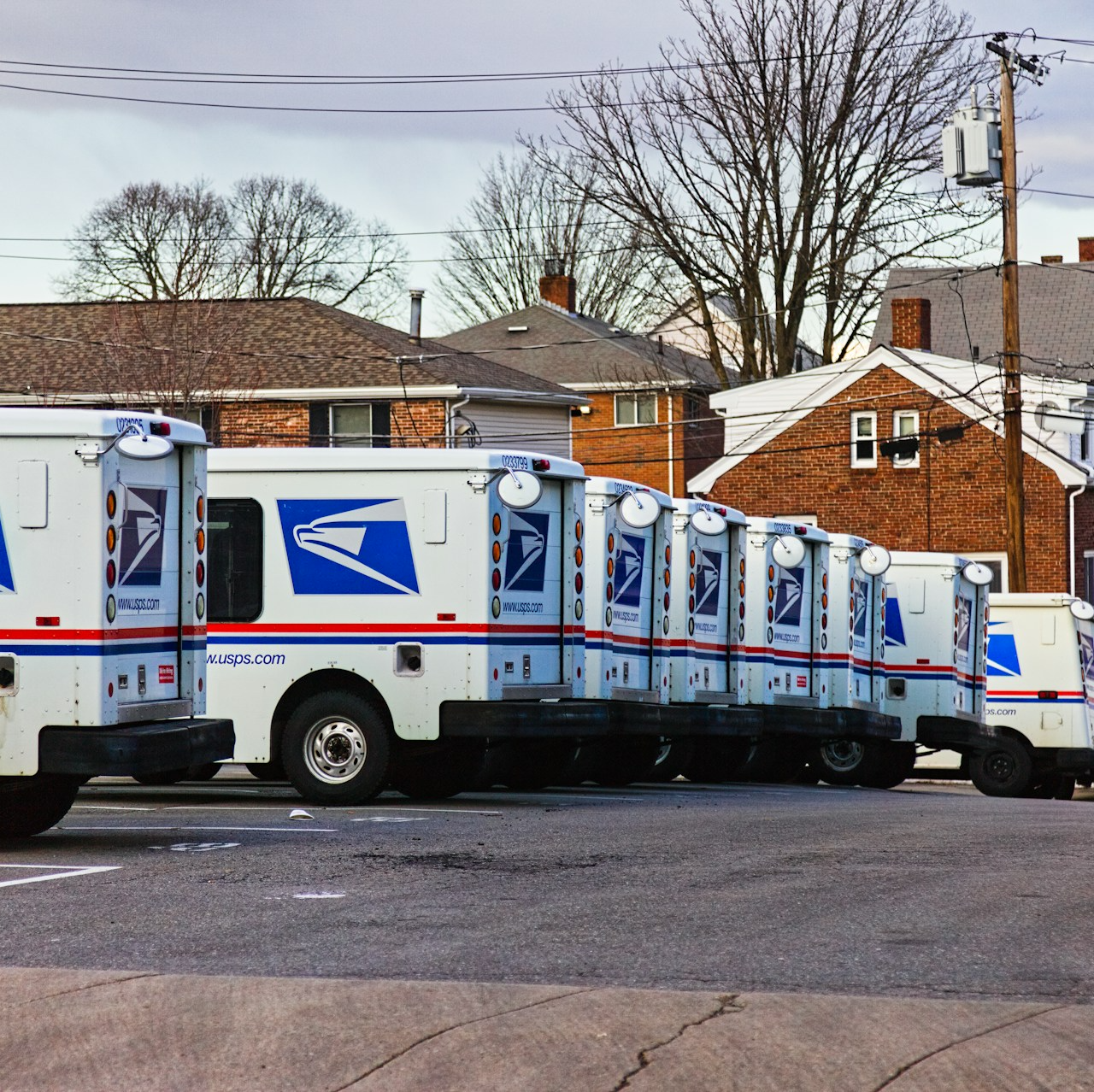Key Takeaways
-
If you’re a Medicare-eligible USPS retiree or family member, enrolling in Medicare Part B may not be optional under the 2025 Postal Service Health Benefits (PSHB) Program.
-
Failure to enroll in Medicare Part B when required can result in loss of prescription drug coverage and increased out-of-pocket healthcare costs.
Understanding the Shift to PSHB in 2025
Starting in 2025, USPS employees and retirees transition from the Federal Employees Health Benefits (FEHB) Program to the newly established Postal Service Health Benefits (PSHB) Program. While many features mirror FEHB, one critical difference is how Medicare Part B enrollment works once you or your covered family member becomes eligible.
The new rules apply specifically to Medicare-eligible annuitants and covered family members. For the first time, some of you will be required to enroll in Medicare Part B in order to maintain full PSHB benefits.
Who Must Enroll in Medicare Part B?
Under PSHB rules, the following groups must enroll in Medicare Part B:
-
USPS annuitants (retirees) who become eligible for Medicare after January 1, 2025
-
Covered family members of USPS annuitants who are Medicare-eligible after January 1, 2025
-
Active USPS employees who retire after January 1, 2025 and become eligible for Medicare after retirement
These individuals are expected to sign up for Medicare Part B during their Initial Enrollment Period (IEP) or the Special Enrollment Period (SEP) granted during the transition year in 2024.
Who Is Exempt from the Requirement?
Not everyone is required to enroll. The following individuals are exempt:
-
USPS annuitants who retired on or before January 1, 2025
-
Employees who are age 64 or older as of January 1, 2025
-
Covered family members who were Medicare-eligible before 2025
-
Residents living permanently overseas
-
Those receiving healthcare through Indian Health Services or the Department of Veterans Affairs
If you fall under one of these exemption categories, you can stay in a PSHB plan without enrolling in Part B, though you may still choose to enroll voluntarily.
Why Medicare Part B Enrollment Matters in PSHB
The PSHB Program is designed to work alongside Medicare. For those who are eligible and required to enroll, Medicare becomes the primary payer, while PSHB acts as the secondary payer. This coordination reduces out-of-pocket costs in most cases.
Failing to enroll in Medicare Part B when required may result in:
-
Loss of access to prescription drug coverage
-
Higher coinsurance and deductibles
-
Limited medical provider networks
-
Exposure to penalties and late enrollment fees if you decide to enroll later
What Happens If You Don’t Enroll When Required?
If you are required to enroll in Medicare Part B but fail to do so:
-
You will lose prescription drug coverage under your PSHB plan. This coverage is integrated with Medicare Part D through an Employer Group Waiver Plan (EGWP).
-
You will not be able to re-enroll in the drug coverage portion of your PSHB plan unless you have another qualifying event.
-
You may be responsible for 100% of the costs of prescriptions and face higher medical costs overall.
This is a serious consequence, especially if you rely on routine or specialty medications.
Timing and Enrollment Windows You Need to Know
The key enrollment periods for Medicare Part B include:
-
Initial Enrollment Period (IEP): 7-month window starting 3 months before the month you turn 65, including your birth month, and 3 months after.
-
Special Enrollment Period (SEP): A one-time SEP ran from April 1 to September 30, 2024 to help affected USPS retirees and family members comply with new PSHB rules without facing penalties.
-
General Enrollment Period (GEP): January 1 to March 31 each year. If you missed your IEP and SEP, this is your fallback. Coverage starts July 1 but may include a late enrollment penalty.
You should also keep an eye on upcoming Open Season, which occurs from November to December each year. This is your window to confirm or change your PSHB plan for the next calendar year.
Medicare and Prescription Drug Integration in PSHB
All Medicare-eligible PSHB enrollees automatically receive integrated prescription drug coverage through Medicare Part D EGWP. To be eligible for this drug coverage:
-
You must be enrolled in both PSHB and Medicare Part B
-
If you opt out of Part B, you forfeit prescription drug benefits under PSHB
This integration includes benefits such as:
-
An annual $2,000 out-of-pocket cap for Part D drugs
-
Lower copays for insulin (capped at $35)
-
A broader pharmacy network and mail-order options
These enhancements aim to reduce your total healthcare expenses, but they only apply if you’re enrolled in Medicare Part B.
Financial Impact of Enrolling in Medicare Part B
Although Medicare Part B has a monthly premium—$185 in 2025—it may ultimately reduce your overall healthcare spending. When Medicare is the primary payer and PSHB is secondary, your:
-
Deductibles are often waived or reduced
-
Coinsurance rates drop
-
Out-of-pocket maximums are easier to manage
The savings can be especially noticeable if you require frequent medical services, brand-name medications, or access to specialists.
Coordinating PSHB and Medicare for Better Coverage
PSHB is structured to wrap around Medicare, enhancing coverage when both programs are used together. Here’s how coordination generally works:
-
Medicare Part A and B pay first
-
PSHB pays second, covering gaps like copayments and remaining balances
-
This dual coverage typically means fewer out-of-pocket costs for you
If you’re eligible but delay Part B enrollment, you miss out on this coordinated benefit structure.
Changing Plans During Open Season
The annual Open Season is your chance to review available PSHB plans and ensure your choice aligns with your Medicare status. During this period:
-
You can change your PSHB plan if you anticipate upcoming Medicare eligibility
-
You can verify coordination of benefits to minimize cost exposure
-
You can ensure the provider network and formulary suit your needs
Selecting a plan that coordinates effectively with Medicare is crucial to getting the most value.
Special Situations to Watch For
Some unique scenarios require extra attention:
-
If your spouse is younger and not yet Medicare-eligible, their PSHB coverage may be different from yours.
-
If you live overseas but plan to return to the U.S., your Medicare status may affect your re-enrollment rights.
-
If you qualify for other federal healthcare programs (VA, IHS), consider how those intersect with PSHB and Medicare rules.
Always evaluate your household’s full situation before deciding to opt in or out of Medicare Part B.
Your PSHB and Medicare Checklist
Here’s a quick action list to help you stay on top of your responsibilities:
Missing any of these steps could leave you without critical coverage.
Stay Informed and Covered Through 2025 and Beyond
The 2025 implementation of PSHB changes how you manage your health coverage, particularly if you’re approaching Medicare eligibility. Understanding your responsibilities around Medicare Part B is essential—not just to avoid penalties, but to maintain the benefits you’ve earned through your USPS service.
Make time this year to review your Medicare status, evaluate your PSHB plan, and confirm that your coverage aligns with these new rules.
For expert guidance tailored to your situation, get in touch with a licensed agent listed on this website who can walk you through your PSHB and Medicare coordination options.












